
Best known for designing National Historic Landmarks such as St. Louis’ iconic Gateway Arch and the General Motors Technical Center, Saarinen also designed New York’s TWA Flight Center at John F. Kennedy International Airport, Yale University’s Ingalls Rink and Morse and Ezra Stiles Colleges, Virginia’s Dulles Airport, and modernist pedestal furniture like the Tulip chair.
You May Also Like
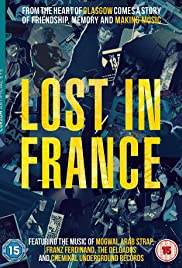
A new documentary by Irish director Niall McCann, “Lost In France” explores the rise of Scotland’s independent music scene in the ’90s, led by cult label Chemikal Underground. Featuring The Delgados, Bis, Mogwai, Arab Strap, Franz Ferdinand and other seminal acts, this is an intimate film exploring friendship, creativity and music. On the journey, we revisit a defining, chaotic trip early in the musicians’ careers, re-staging a concert in Brittany that connects the characters in life (and on stage) for the first time in many years.
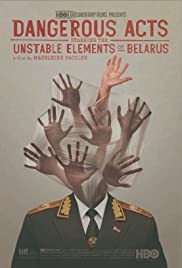
In the Republic of Belarus, Europe’s last remaining unreconstructed Communist dictatorship, the Belarus Free Theatre risks censorship, imprisonment and worse to stage their provocative and subversive plays in secret performances at home and to critical acclaim abroad. Director Madeleine Sackler goes behind the scenes with this group of gutsy performers as they brave a renewed government crackdown on dissenters in 2010.
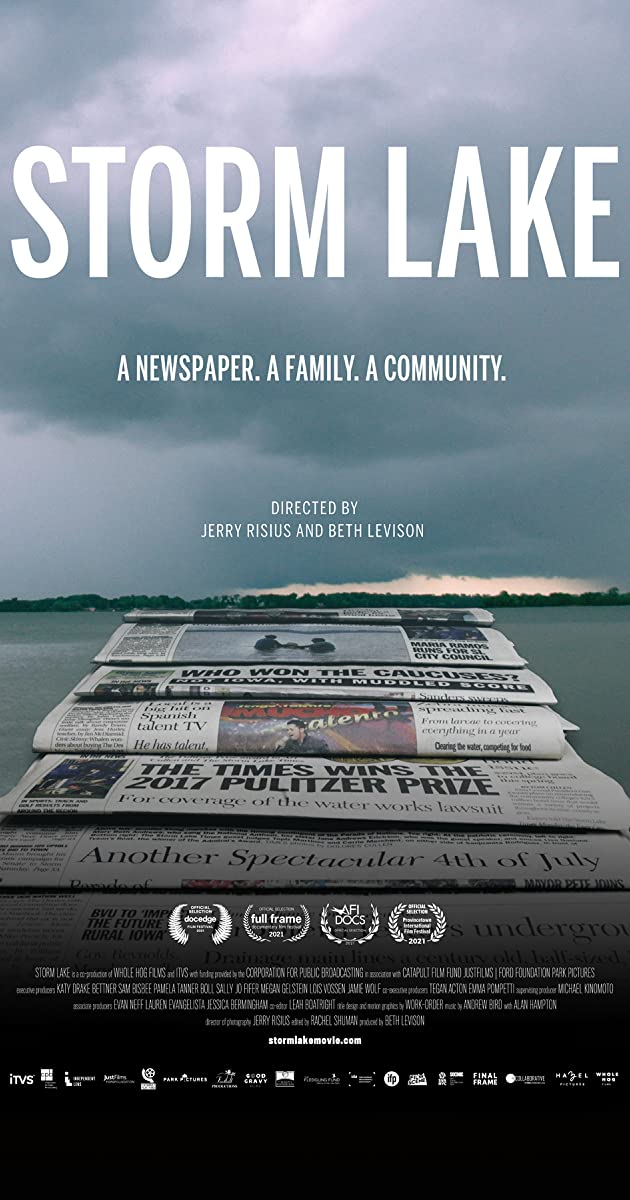
A dogged family-run paper in Iowa gives citizens the scoop on forces threatening to overwhelm their precarious small-town existence.

BAFTA award-winning filmmaker Morgan Matthews was given unprecedented access to the behind-the-scenes of the final days of the final two Harry Potter films, Harry Potter and the Deathly Hallows 1 and 2. Hear the personal stories of the faces we know, and those we don’t, as we come to the end of one of the most successful eras in cinema history. Special feature on select editions of Deathly Hallows 1 & 2.

In the summer of 2016, the director of this documentary film bought a bunch of discarded letters from a flea market in Izmir, Turkey. Written in the 70s, the letters were addressed to Kâzım Küçükal, who died during a mountain expedition in 1974, at the age of 19.

It’s a story about post-90 generation in China and how they chasing their dreams through a talent show. The summer of 2013 saw a group of young boys enter a Chinese TV talent show called Super Boy, hoping to be catapulted to fame. The film documents how the young boys coped with their new challenging lives. While under unthinkable pressure, they proved themselves by trying to make the right choices during live shows. Talent shows create a new type of entertainer, but can they still keep their true selves? Can they adjust themselves and balance the ups and downs? What have the ten years of Chinese talent shows given us? What is urging us to grow up?
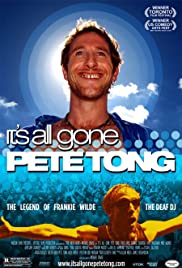
Its All Gone Pete Tong is a comedy following the tragic life of legendary Frankie Wilde. The story takes us through Frankie’s life from one of the best DJ’s alive, through subsequent battle with a hearing disorder, culminating in his mysterious disappearance from the scene.
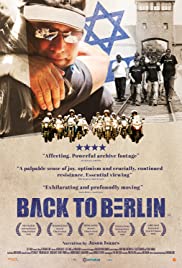
Back to Berlin is the first biker flick-meets-holocaust feature documentary. Eleven motor bikers have a mission to take the Maccabiah torch from Israel to the site of the infamous 1936 Berlin Olympics, for the first Jewish Olympic Games on German soil. They will retrace the heroic journeys of the original 1930s’ Maccabiah riders and discover how they or their families survived the Holocaust.
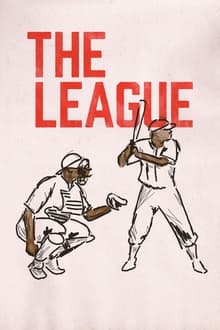
The triumphs and challenges of Negro League baseball in the early 20th century. Through rare footage and interviews with iconic players like Satchel Paige and Buck O’Neil, as well as Hall of Famers Willie Mays and Hank Aaron, the film highlights the league’s pivotal role in Black communities and the impact of integration.
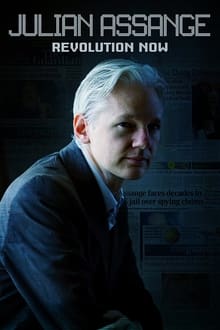
Some see a terrorist – some see a journalist. This is an unparalleled look at the journey of how one man and his mission to empower the world with information became the target of the most powerful government in the world.

In 1972, Miyuki tells her ex-lover Kazuo that she’s going to Okinawa with their son. Kazuo decides to film her. He narrates his visits to her there: first while her flatmate is Sugako, a woman Miyuki is attracted to; then, while she works at a bar and is with Paul, an African-American soldier. Once, Kazuo brings his girlfriend, Sachiko. We see Miyuki with her son, with other bar girls, and with Sachiko. Miyuki, pregnant, returns to Tokyo and delivers a mixed-race child on her own with Kazuo and Sachiko filming. She joins a women’s commune, talks about possibilities, enjoys motherhood, and is uninterested in a traditional family. Does the filmmaker have a point of view?

Not Available